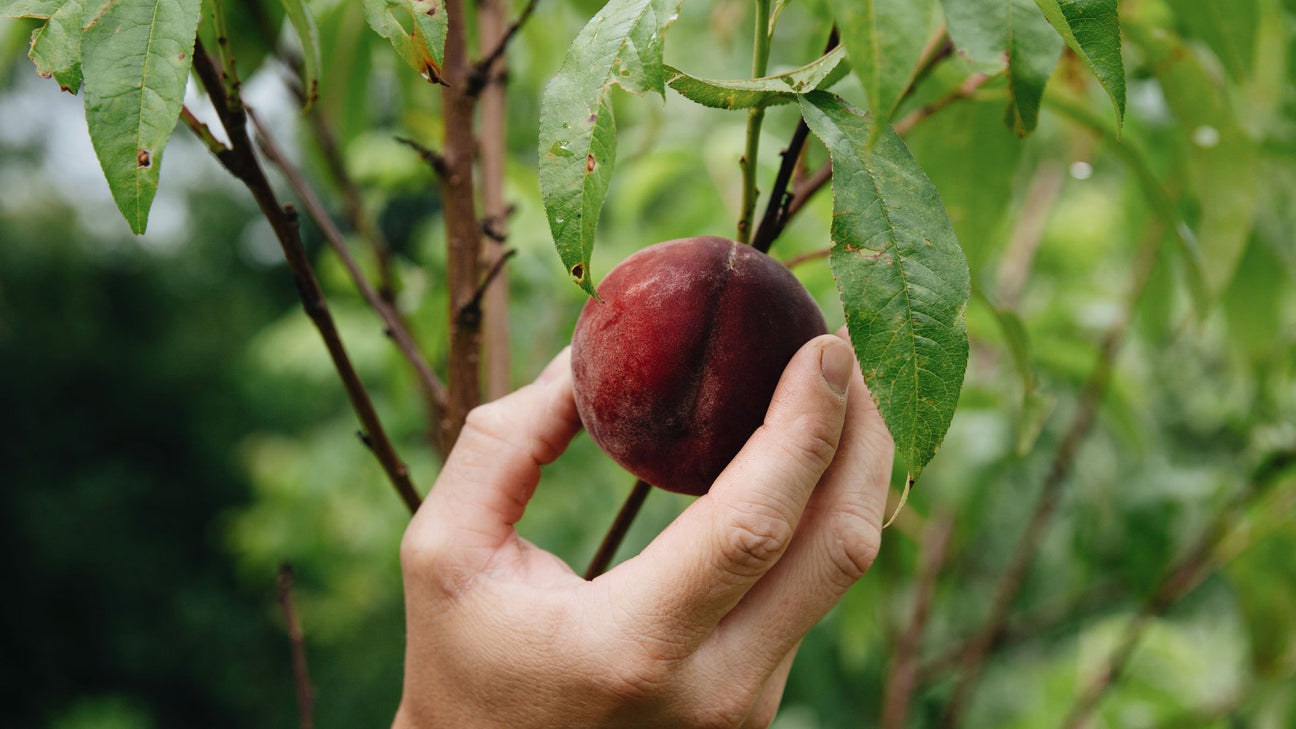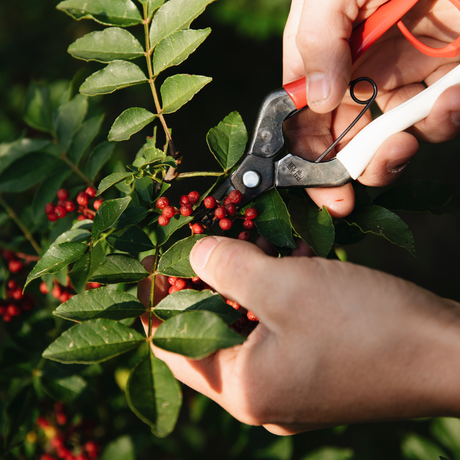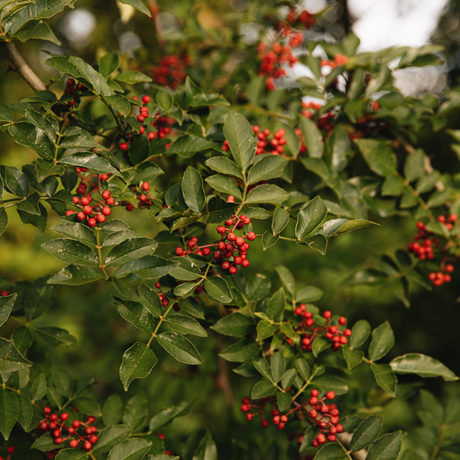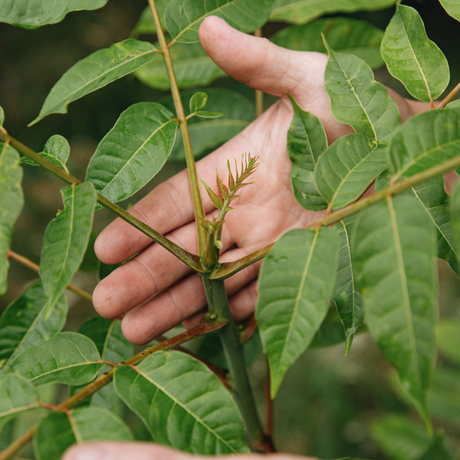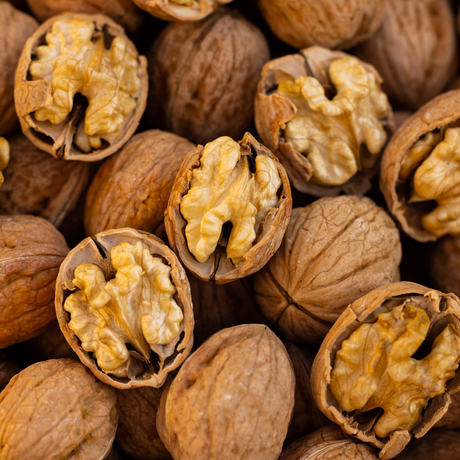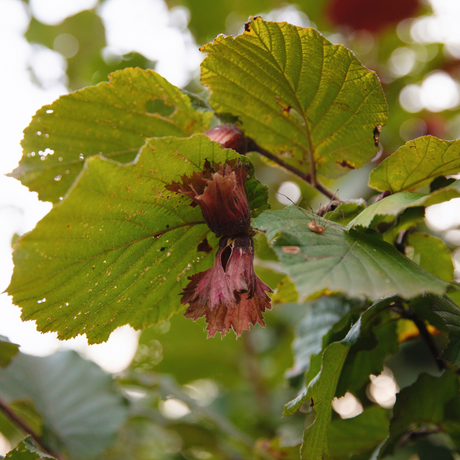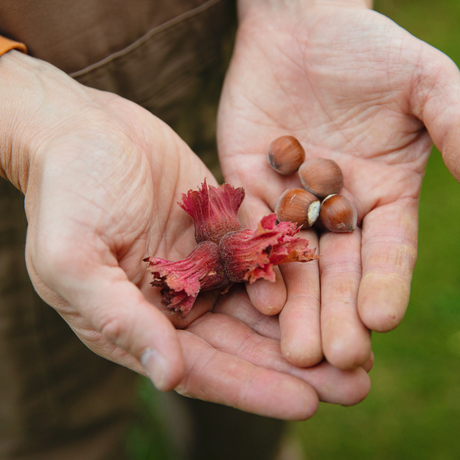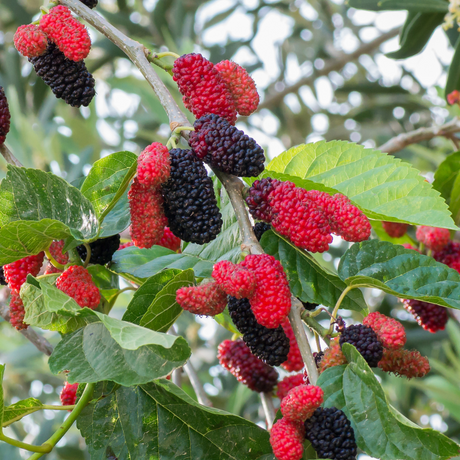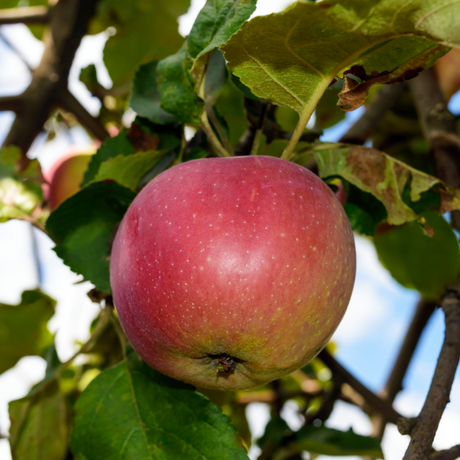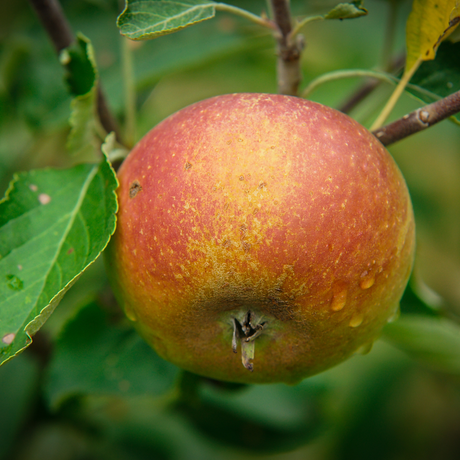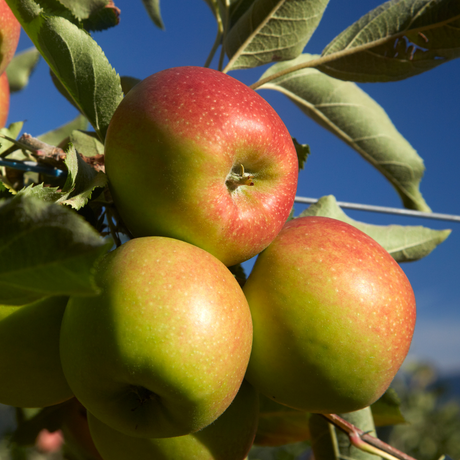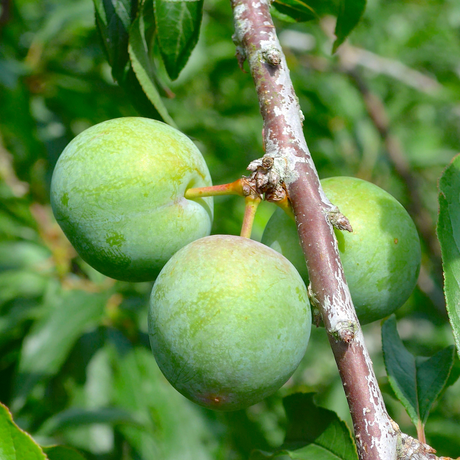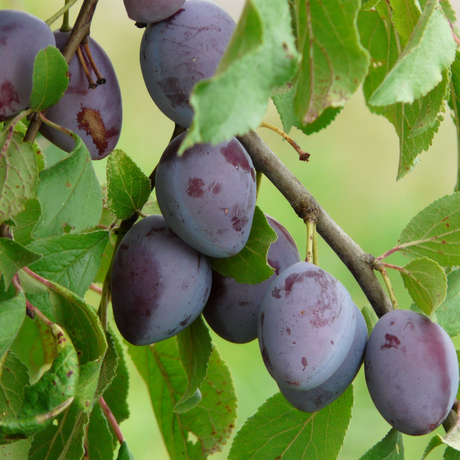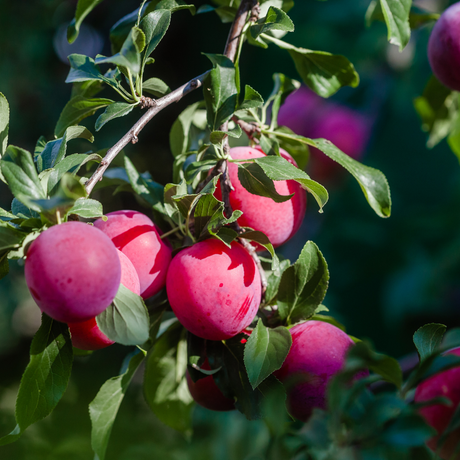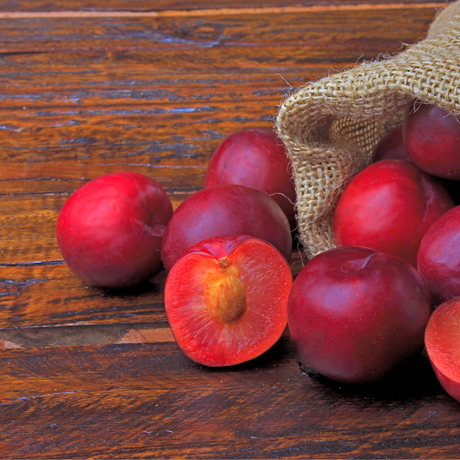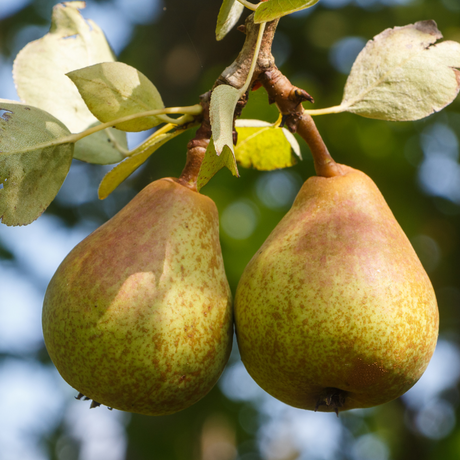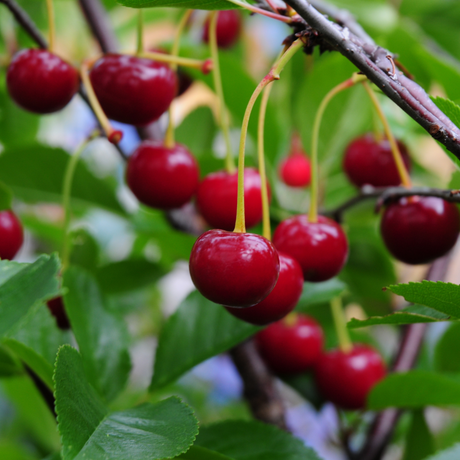Low-stemmed sweet chestnut tree BIO
Regular price €69,95Unit priceUnavailable- Regular price €59,95Unit priceUnavailable
- Regular price €27,95Unit priceUnavailable
- Regular price €74,95Unit priceUnavailable
- Regular price €34,95Unit priceUnavailable
- Regular price €34,95Unit priceUnavailable
Low-stemmed sweet chestnut tree BIO
Regular price €76,95Unit priceUnavailableLow-stemmed sweet chestnut tree BIO
Regular price €27,95Unit priceUnavailableLow stem walnut tree / walnut BIO
Regular price €27,95Unit priceUnavailableHazelnut red 'Red Zellernut' BIO
Regular price €27,95Unit priceUnavailableLow-stemmed sweet chestnut tree BIO
Regular price €14,95Unit priceUnavailableDwarf fig tree 'Little Miss Figgy' BIO
Regular price €27,95Unit priceUnavailable- Regular price €10,95Unit priceUnavailable
- Our favoriteRegular price €27,95Unit priceUnavailable
- Regular price €27,95Unit priceUnavailable
Low-stemmed sweet chestnut tree BIO
Regular price €21,95Unit priceUnavailable- Regular price €32,95Unit priceUnavailable
Mulberry 'Illinois Everbearing' BIO
Regular price €27,95Unit priceUnavailableLow-stem apple tree 'Gala' BIO
Regular price €27,95Unit priceUnavailableLow-stem apple tree 'Elstar' BIO
Regular price €27,95Unit priceUnavailableLow-stem apple tree 'Rode Boskoop' BIO
Regular price €27,95Unit priceUnavailableLow-stem apple tree 'Cox's Orange Pippin' BIO
Regular price €27,95Unit priceUnavailableLow-stem apple tree 'Jonagold' BIO
Regular price €27,95Unit priceUnavailableLow stem plum tree 'Reine Claude Verte' BIO
Regular price €27,95Unit priceUnavailableLow-stemmed plum tree 'Mirabelle de Nancy' BIO
Regular price €27,95Unit priceUnavailableLow-stemmed plum tree 'Hauszwetsche' BIO
Regular price €27,95Unit priceUnavailableLow-stemmed plum tree 'The Czar' BIO
Regular price €27,95Unit priceUnavailableLow-stemmed plum tree 'Opal' BIO
Regular price €27,95Unit priceUnavailable- Regular price €32,95Unit priceUnavailable
- Regular price €32,95Unit priceUnavailable
Low stem cherry tree 'Bigarreau Napoleon' BIO
Regular price €27,95Unit priceUnavailableLow stem cherry tree 'Regina' BIO
Regular price €27,95Unit priceUnavailable
Fruitbomen in beeld
In deze video laat Ruud zien hoe je een boom aanplant.
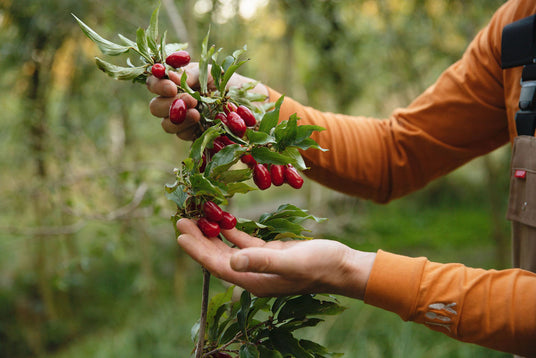
Lees ook onze kweekgids over fruitbomen.
Dit vind je misschien ook leuk
View allInleiding
Geniet van heerlijk vers fruit en sappige vruchten direct uit eigen tuin. Het blad en de bladeren van fruitbomen zijn belangrijk voor de uitstraling en gezondheid van de boom. Fruitbomen geven verschillende soorten vruchten, waaronder kers en zoete kersen. Jonge fruitbomen vragen extra aandacht, want een fruitboom geeft niet alleen vruchten, maar voegt ook esthetische meerwaarde toe aan je tuin. Elk type fruitboom, afhankelijk van het ras en de rassen, heeft specifieke eigenschappen en voordelen. Voldoende voedingsstoffen, goede groei en een goede oogst zijn belangrijk; zorg er daarom voor dat de bodem en goed gedraineerde grond optimaal zijn. Kies bij het planten van fruitbomen altijd een plek met voldoende zonlicht, want dit is essentieel voor een gezonde groei en een goede oogst. Bij het fruitbomen planten is het essentieel om voldoende water te geven en de boom goed water te geven, vooral na het aanplanten en bij harde wind. Door fruitbomen te combineren met andere planten verbeter je de biodiversiteit en de bodemkwaliteit. Laagstam bomen, laagstam fruitboom, halfstam bomen en hoogstam fruitboom hebben elk hun eigen voordelen, zoals compacte groei, hogere opbrengst of een klassieke uitstraling. De meeste fruitbomen moeten jaarlijks gesnoeid worden (fruitbomen snoeien, fruitboom snoeien) voor een optimale oogst. Let bij het aanplanten van een fruitboom goed op het type plant, het ras en de juiste verzorging; zorg er altijd voor dat je de juiste stappen volgt voor een gezonde en productieve boom.
Fruitbomen planten, dat is écht een avontuur voor jouw tuin, groot of klein! Stel je voor: jij plant een kleine boom en kijkt vol verwondering hoe die elk voorjaar opnieuw tot bloei komt - alsof de natuur je persoonlijk een cadeautje geeft. En dan die vruchten! Appels, peren, kersen die jij met je eigen handen plukt, vers van de tak, zoet en sappig. Dit is investeren in pure magie: jarenlang geniet je van wat jij hebt geplant, elk seizoen opnieuw ervaar je hoe de natuur leeft en ademt in jouw tuin. We kunnen kiezen uit zoveel soorten - appelbomen, perenbomen, kersenbomen - er is altijd wel een boom die bij jou past. En weet je wat het mooiste is? Jouw fruitboom wordt een levendige ontmoetingsplek waar bijen zoemen en vlinders dansen, waar jouw tuin bruist van leven. Zo combineer jij het allernuttigste met het allermooiste: een tuin die leeft én jou voedt met heerlijke vruchten die je zelf hebt laten groeien.
Fruitbomen kopen: oogst uit eigen tuin
Stel je voor: op een zonnige ochtend stap je je tuin in en pluk je een sappige appel of zoete peer van je eigen boom. Een fruitboom kopen is niet alleen een stap naar zelfvoorzienend leven, maar ook een verrijking van je tuin. Of je nu een beginnende tuinier bent of een ervaren groenliefhebber, met de juiste fruitboom geniet je jarenlang van verse vruchten en een levendige tuin.
Geniet van heerlijk vers fruit en sappige vruchten uit eigen tuin, direct geplukt van je eigen fruitboom.
Een goede oogst en goede groei zijn afhankelijk van een vruchtbare bodem en voldoende voedingsstoffen. Zorg er daarom voor dat je bij het aanplanten van jonge fruitbomen de plantplek goed voorbereid is, zodat de bodem rijk is aan voedingsstoffen. Geef de boom goed water na het planten en zorg voor voldoende water, vooral in droge periodes, om een gezonde wortelvorming en groei te stimuleren.
Waarom een fruitboom kopen?
Het kopen van een fruitboom biedt tal van voordelen:
- Verse oogst: Niets verslaat de smaak van zelfgekweekt fruit. Door het juiste type fruitboom en het geschikte ras te kiezen, kun je een hogere opbrengst en de beste kwaliteit vrucht behalen.
- Esthetische waarde: Fruitbomen bloeien prachtig in het voorjaar met prachtige bloesems die de tuin opfleuren en bieden daarnaast schaduw in de zomer.
- Biodiversiteit: Ze trekken bijen, vlinders en vogels aan, wat bijdraagt aan een gezond ecosysteem. Door fruitbomen te combineren met andere planten, zoals peulvruchten of bloemen, verbeter je de bodem, verhoog je de biodiversiteit en zorg je voor voldoende voedingsstoffen voor een gezonde groei.
- Duurzaamheid: Door je eigen fruit te kweken, verminder je de ecologische voetafdruk.
Het kiezen van verschillende rassen binnen een type fruitboom is belangrijk, omdat elk ras unieke eigenschappen heeft die de smaak, opbrengst en groeiomstandigheden beïnvloeden.
Of je nu een grote tuin hebt of slechts een balkon, er is altijd een geschikte fruitboom of fruitboompje te vinden.
Welke fruitboom past bij jou?
Kies uit onze ruim assortiment fruit-, noten- en citrusbomen. Dit zijn onze populairste soorten:
Ons assortiment omvat verschillende soorten fruitbomen, waaronder appelbomen, zodat u altijd een passende fruitboom voor uw tuin kunt vinden.
Naast deze populaire soorten bieden wij diverse soorten fruitbomen en andere soorten aan, waaronder kers, zoete kersen en verschillende rassen. Elk type fruitboom en ras heeft unieke eigenschappen; er zijn veel verschillende rassen om uit te kiezen, zodat er voor elke tuin en smaak een geschikte optie is.
Voor kleinere tuinen of balkons zijn er compacte fruitboompjes of zuilvormige variëteiten beschikbaar.
Verschillende typen fruitbomen: hoogstam, halfstam, laagstam en mini
Als we samen op zoek gaan naar de perfecte fruitboom voor jouw groene paradijs, ontdekken we dat elke boom zijn eigen charme en voordelen met zich meebrengt. Hoogstam fruitbomen zijn echte kroonjuwelen die we kunnen planten in ruimere tuinen - ze groeien uit tot majestueuze reuzen met hun kronen hoog in de lucht, waar ze niet alleen overvloedig fruit laten rijpen voor onze oogstmanden, maar ook heerlijke schaduwplekjes creëren en ons elke dag verrassen met hun prachtige silhouet. Halfstam fruitbomen zijn onze gouden middenweg voor wie een tuin van gemiddelde grootte heeft: ze combineren een imposante hoogte met de mogelijkheid om zonder ladder onze eigen vruchten te plukken, en ze vragen ook minder onderhoud van ons dan hun grote broers. Laagstam fruitbomen zijn werkelijk fantastisch voor kleinere tuinparadijsjes of zelfs voor in een flinke pot op het terras - ze blijven heerlijk compact, maar belonen ons toch royaal met hun overvloedige oogst aan sappige, zelfgekweekte vruchten. Voor wie maar weinig ruimte heeft om te tuinieren, zijn mini fruitbomen een waar geschenk: deze compacte boompjes voelen zich zelfs thuis op een balkon en zorgen er toch voor dat we onze eigen verse vruchten kunnen plukken. Zo kunnen we voor elke tuin, of die nu groot of klein is, samen de perfecte fruitboom vinden die past bij jouw dromen en mogelijkheden.
Tips voor het planten en verzorgen
Een goede start is essentieel voor een gezonde fruitboom:
- Planttijd: De beste periode om een fruitboom te planten is in het najaar of vroege voorjaar.
- Standplaats: Kies een plek waar de fruitboom voldoende zonlicht krijgt, want dit is essentieel voor een gezonde groei en een goede oogst. Zorg daarnaast voor goed doorlatende grond. De bodem moet vruchtbaar zijn en voldoende voedingsstoffen bevatten voor een optimale groei.
- Aanplant: Graaf een ruim plantgat, best twee keer zo ruim en diep als de plantpot waarin je boom geleverd wordt. Zorg er altijd voor dat de plantplek vrij is van puin en goed voorbereid is voor het aanplanten. De boom moet net zo diep geplant worden als hij in de pot stond, met de entplaats (waar de wortel en stam samenkomen) net boven de grond. Vul aan met aarde en compost. Plaats een steunpaal.
- Water geven: Geef regelmatig voldoende water, vooral in droge periodes. Geef de boom goed water direct na het aanplanten, zeker bij jonge fruitbomen, om een goede wortelvorming te stimuleren.
- Snoeien: Snoei jaarlijks om de vorm te behouden, de vruchtproductie te stimuleren en de boom gezond te houden door luchtcirculatie en lichttoegang te bevorderen.
Tip: Bescherm jonge fruitbomen na het aanplanten tegen harde wind om schade te voorkomen. Kies daarnaast altijd de juiste plant voor jouw tuin, zodat deze optimaal kan groeien en bijdragen aan de biodiversiteit.
Met de juiste start, voldoende zonlicht en goede verzorging, zoals regelmatig snoeien, blijft je boom gezond en zal hij rijke oogsten leveren.
Gezonde groei van fruitbomen en notenbomen
Gezonde groei, dat is waar wij voor gaan - want uit liefdevol zorgen groeit de mooiste oogst en een boom die met jou meegroeit door de jaren heen. Of je nu kiest voor hoogstam, laagstam of halfstam fruitbomen: elke boom verdient jouw aandacht en toewijding, net zoals jij de zijne verdient. Begin bij het begin - kies die perfecte fruitboom die past bij jouw tuin, jouw leven, jouw dromen. Kijk naar de ruimte die je hebt, voel de grond onder je voeten, proef het klimaat in jouw regio. Want voor een rijke oogst - en wij bedoelen niet alleen fruit, maar ook de voldoening van het maken - voeden we onze bomen regelmatig met de juiste meststoffen en snoeien we ze op het perfecte moment. Door te snoeien houden we de boom in vorm, net zoals het leven ons in vorm houdt. We verwijderen dode takken en kruisende wegen, stimuleren nieuwe groei. Zo krijgen alle takken - net als wijzelf - voldoende licht en lucht, wat ziektes weghoudt en de vruchtproductie doet opbloeien. Of je nu één enkele fruitboom plant of een hele rij bomen - met de juiste zorg, die liefdevolle aandacht die we allemaal verdienen, geniet je jaar na jaar van perfecte fruitbomen die jouw tuin sieren én je voorzien van die heerlijke vruchten waar je zo geduldig op hebt gewacht.
Snoeien van fruitbomen
Jouw fruitbomen snoeien is pure liefde in actie - zo zorg je ervoor dat je de boom gezond houdt en dat ze gezond groeien, zodat ze jou overspoelen met een overvloedige oogst! Door regelmatig die schaar ter hand te nemen, houd je jouw boom niet alleen gezond, maar geef je alle takken ook de ruimte om lekker te ademen en van het zonlicht te genieten. Dit bevordert de luchtcirculatie en lichttoegang, wat essentieel is om de boom gezond te houden, voorkomt dat ziektes de kans krijgen om toe te slaan en stimuleert tegelijkertijd de ontwikkeling van frisse nieuwe scheuten - wat uiteindelijk zorgt voor meer en véél grotere vruchten waar je mond van gaat wateren.
Belangrijk om te weten: elke fruitboom is een eigenwijze persoonlijkheid met zijn eigen perfecte snoeimoment en -aanpak. Wij adviseren meestal de winter of het vroege voorjaar als hét moment om aan de slag te gaan, net voordat jouw boom weer vol energie ontwaakt uit zijn winterslaap. Let er bij het snoeien vooral op dat je dode of elkaar kruisende takken weghaalt en houd die kroon lekker open zodat het zonlicht overal bij kan - jouw boom zal je dankbaar zijn! Met de juiste snoeikunst in je vingers zorg je ervoor dat jouw fruitboom jaar na jaar een rijke oogst aan hemelse vruchten voor je klaarstaat.
Fruitbomen voor de kleine tuin
Ook in een kleine tuin kunnen we volop fruit plukken en onszelf letterlijk én figuurlijk rijk plukken! Er zijn namelijk prachtige compacte fruitbomen die speciaal gekweekt zijn voor wie weinig ruimte heeft - denk aan laagstam fruitbomen en mini fruitbomen die perfect passen in onze knusse tuintjes. Deze kleine krachtpatsers nemen nauwelijks plek in, maar belonen ons wel met een overvloedige oogst aan verse, zelfgekweekte vruchten. Door te kiezen voor de juiste soort fruitboom die past bij jouw ruimte en wensen, kunnen we zelfs op het kleinste terrasje of in de bescheidenste tuin genieten van onze eigen fruitparadijs. Een laagstam appelboom of een mini kersenboom bijvoorbeeld - ideaal voor ons makers die beperkte ruimte hebben, maar wel willen genieten van die heerlijke, zelfgemaakte smaak van succes!
Overvloedige oogst: zo haal je het meeste uit je fruitbomen
Willen we samen het allermooiste uit onze fruitbomen plukken en genieten van een overvloed die ons hart doet zingen? Laten we dan de perfecte voedingsbodem creëren waarin onze groene vrienden kunnen bloeien als nooit tevoren. We beginnen met een zonnige plek waar het licht danst tussen de takken, en zorgen voor een bodem die ademt – goed gedraineerd zodat overtollig water wegstroomt en de wortels gezond en sterk blijven. We geven onze fruitbomen regelmatig water met de tederheid van een moeder, vooral wanneer de aarde dorstig is tijdens droge dagen, zodat ze nooit uitdrogen en hun groei vrolijk kan doorgaan. Met onze handen verrijken we de aarde met organische mest, voedsel voor de ziel van onze bomen, zodat ze alle voedingsstoffen krijgen die ze nodig hebben om te groeien en bloeien. En vergeten we vooral niet de magie van de bestuiving: bijen en vlinders zijn onze trouwe partners in dit groene avontuur, dus planten we gezellig bloemen rondom om deze wonderlijke wezentjes uit te nodigen voor een feestje in onze tuin. Elk type fruitboom – van appelbomen die knetteren in de herfstwind tot perenbomen die zwaar hangen van zoete beloftes, tot kersenbomen die bloesems strooien als confetti – heeft zijn eigen karakter en wensen, dus nemen we de tijd om ons te verdiepen in wat onze groene vrienden echt nodig hebben. In het vroege voorjaar pakken we met ambachtelijke zorg onze snoeischaar en geven onze fruitbomen een liefdevolle knipbeurt om hun groei aan te moedigen en ze te beschermen tegen de nukken van wind en weer. Zo leggen we samen, jaar na jaar, de basis voor het plukken van de zoetste vruchten van ons eigen groene geluk.
Notenbomen: een waardevolle aanvulling
Wij planten notenbomen en verrijken daarmee niet alleen onze tuin, maar ook onszelf. Deze prachtige bomen laten we groeien tot levende schatkamers die ons jaar na jaar overladen met gezonde walnoten en hazelnoten - echte vruchten van ons eigen handwerk. En terwijl wij onze bomen koesteren, trekken ze als magneten bijen en vlinders aan, waardoor we samen een bruisende, levendige wereld creëren. Het mooie van notenbomen kweken? Ze vragen weinig van ons, maar geven tientallen jaren lang terug - een langzame, duurzame hobby die met ons meegroeit. Door bewust de juiste notenboom te kiezen, één die past bij onze tuinruimte en onze dromen, voegen we met onze eigen handen een nieuwe dimensie toe aan ons tuinleven. Zo plukken we niet alleen smakelijke noten, maar ook momenten van pure verbinding met een tuin die zingt van de bijen en danst met de vlinders.
Veelgestelde vragen
Kan ik een fruitboom in een pot houden?
Ja, er zijn speciale dwergvariëteiten en zuilvormige fruitbomen die geschikt zijn voor potten.
Hoe lang duurt het voordat een fruitboom vruchten geeft?
Dit varieert per soort en leeftijd van de boom. Sommige bomen geven al na 1–2 jaar vruchten, terwijl anderen enkele jaren nodig hebben. Het is belangrijk om het juiste type fruitboom, ras en geschikte rassen te kiezen voor een succesvolle oogst.
Heb ik meerdere bomen nodig voor bestuiving?
Sommige fruitbomen zijn zelfbestuivend, terwijl andere een tweede boom nodig hebben voor kruisbestuiving. Voor een goede bestuiving is het aanplanten van meerdere rassen vaak aan te raden. Bekijk de kenmerken op de productpagina’s.
Moet ik mijn fruitbomen snoeien?
Ja, de meeste fruitbomen moeten jaarlijks gesnoeid worden. Fruitbomen snoeien of een fruitboom snoeien is essentieel voor een gezonde groei, een goede structuur en een optimale oogst. Het juiste snoeimoment en de juiste techniek verschillen per type fruitboom.
Tip: Bescherm en verzorg jonge fruitbomen extra goed na het aanplanten. Jonge fruitbomen hebben meer aandacht nodig, vooral tegen winterse invloeden en bij het ondersteunen van jonge takken.
Een fruitboom kopen is een investering in de toekomst van je tuin en je welzijn. Met de juiste keuze en verzorging geniet je jarenlang van heerlijke vruchten en een levendige tuin. Begin vandaag nog met het plannen van jouw eigen boomgaard!
Conclusie
Fruitbomen kweken is pure magie voor je eigen stukje aarde – waar je met je handen in de grond en je hart vol verwachting werkt aan een toekomst vol sappige schatten! Wij geloven dat met de juiste boom, een flinke scheut water, liefdevol snoeien en zorgzame handen, jouw tuin transformeert tot een waar paradijs waar jaar na jaar de zoetste vruchten aan de takken bungelen. Of je nu één boom plant of een hele boomgaard droomt – het avontuur begint bij die eerste schep in de aarde, en de voldoening groeit mee met elke bloesem. Onze kwekerij staat voor je klaar als een schatkamer vol groene wijsheid, kwaliteitsbomen die reikhalzend wachten op hun nieuwe thuis, en alle tools en tips die jouw fruitbomen laten floreren als nooit tevoren. Spring van de bank, kom naar ons toe, stel al je vragen en begin vandaag nog met planten – want samen bouwen we aan tuinen vol leven, smaak en overvloed waar je hart sneller van gaat kloppen!

